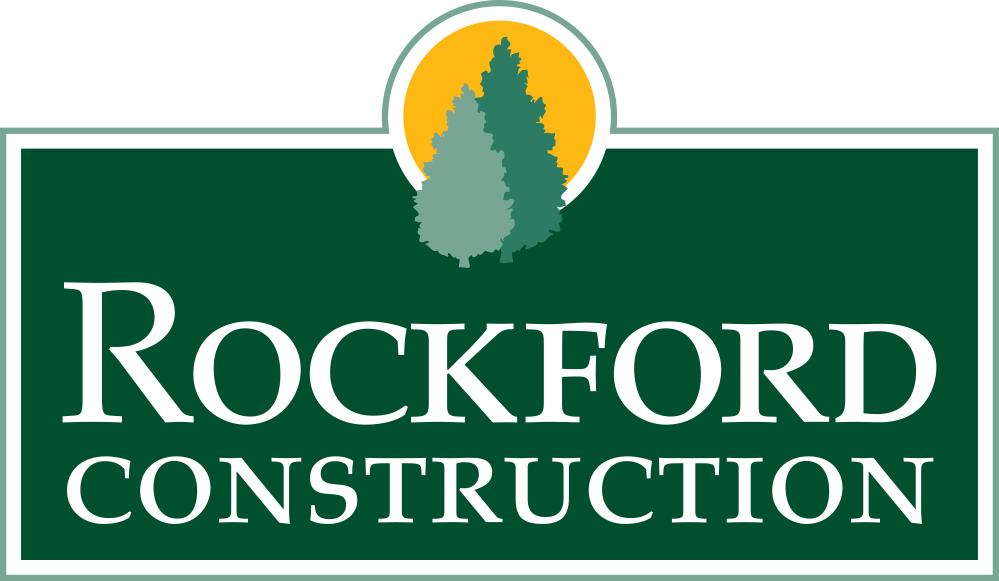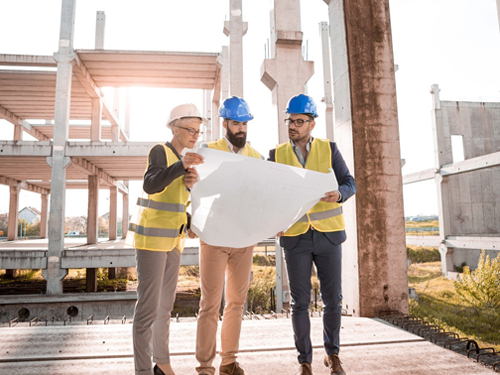
Everything You Need to Know About Modular Multi Family Construction
Are you looking into the prospect of investing in a multi-family construction project? You are not alone. Multi-family housing is one of the fastest-growing development types on the market. Before getting started, though, it’s imperative that you understand the fundamentals of traditional and modular construction projects.
Our team of experienced professionals has answered some of the most frequently asked questions to help you build the foundation of a successful multifamily housing investment project.
What Is Multi-Family Housing?
Multi-family housing is any building, modular or traditionally built, that is designed to house several families through the use of multiple units. Multi-family housing may be a small block of apartment buildings containing just a handful of units or could host hundreds of units. This is a direct contrast to single-family properties that are free-standing and self-contained dwellings for a single household.
Market research shows that multi-family housing, also known as multi-unit residential construction, is currently enjoying a burst of popularity with 473,000 new projects being completed in 2021. The combination of growing populations and increased demand for affordable housing will continue to attract investors over the coming years.
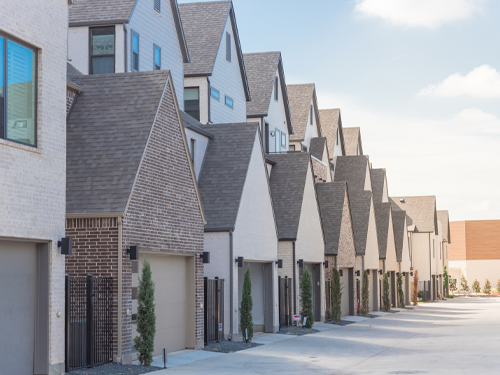

Why Should I Invest in Multi-Family Housing?
Multi-family construction may seem daunting, but there are many advantages. For starters, it is often easier to finance despite the fact it requires a larger outlay. This is because banks know that you only need to fill or sell a percentage of the dwellings to break even or turn a reliable monthly profit. If there’s a vacancy in one unit, you’ll still likely have cash flow from other units.
Furthermore, investors find that the management opportunities are far brighter too. The option of hiring a property management company isn’t likely when you only have one or two rental properties. However, multi-unit real estate instantly builds a larger portfolio while the convenience of having all properties on the same site means the project management services will be more cost-effective.
What Is Modular Construction?
Modular construction is a method of construction that is defined by Modular.org as a project where a “building is constructed off-site, under controlled plant conditions, using the same materials and designed to the same codes and standards as conventionally built facilities.” Modular construction can be utilized to create either single-family modular homes or multi-family modular apartments.
In other words, modular housing is a style of prefab construction in which the building is designed and manufactured in ‘modules’ at an off-site facility before subsequently being transported to the desired location. In this way, they differ from standard prefabricated buildings that include kits that are then assembled on-site.
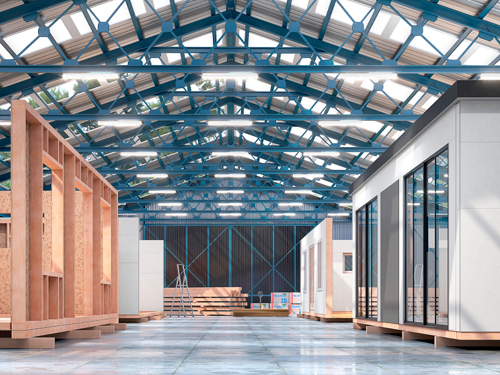
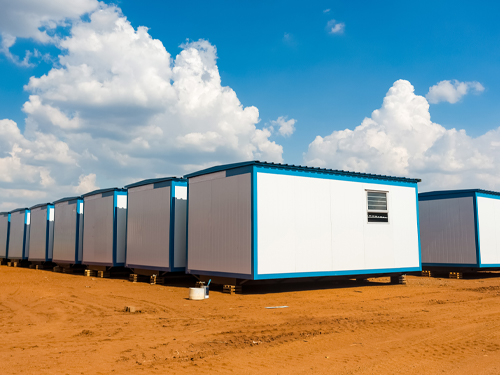
So, Are Modular Buildings Complete Once They Arrive At The Construction Site?
Not entirely, but nearly. In fact, the majority of modular multi-unit residential buildings will be between 80% and 90% finished once they arrive onsite. These modular units simply need to be installed in the foundation of the building project before assembly and utility connections are completed. As with any construction project, the connections must be completed in a safe and efficient manner to comply with all state and national building regulations.
With the right contractors, though, it is possible to complete this work in as little as one day depending on the size and complexity of the project. Even when it takes a little longer, timeframes for completing a modular multi-family construction project are far more attractive than traditional home-building projects.
What Are The Two Types Of Modular Construction?
Modular buildings can be split into two distinct categories, Permanent Modular Construction (PMC) and Relocatable Buildings (RB). Permanent Modular Construction uses prefabricated building solutions in deliverable module sections and can include MEP (mechanical, electrical, and plumbing), fixtures, and interior finishes. Permanent Modular Construction may be integrated into built projects or provide a turn-key solution. Crucially, permanent modular housing is designed to stay intact for the long haul following its installation.
Conversely, Relocatable Buildings are designed to be relocated to different areas, making them temporary solutions. While relocatable buildings can be great for a range of purposes, including pop-up stores and commercial settings, it’s unlikely that they’ll be selected for multi-family apartment construction.
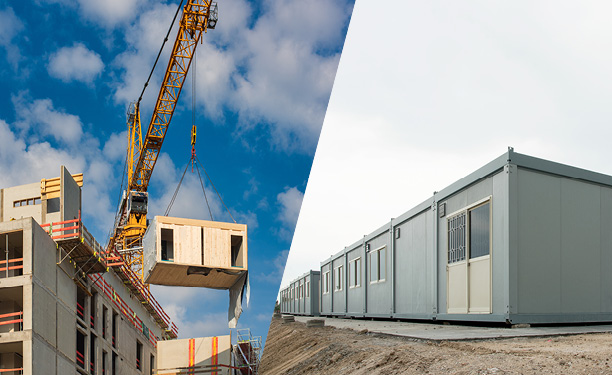
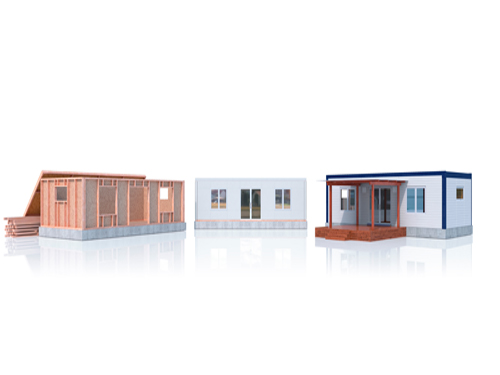
How Big Should Each Unit In Multi-Family Housing Be?
The size of individual units within apartment buildings can be heavily influenced by a wide range of factors, including geographic location and whether the units are aimed at families, students, or senior citizens. However, research shows that the median size of multi-family housing units in the U.S. stands at 1,087 sq ft. Investors and architects should take note. Some development types may incorporate communal spaces too.
It should also be noted that the average cost of multi-family housing units is approximately $492.50 per sq ft in places like San Francisco but in Ohio, the average is $106.00 per sq ft. Again there are several variables to consider, including location.
Why is Multi-Family Apartment Construction So Popular?
The rising cost of living has made it much harder for young people to buy any kind of living space, especially single-family homes. In response, the percentage of renters has skyrocketed.
Urban areas are becoming the new “go-to” spots for jobs and the type of lifestyle that many young people desire. Making urban areas a hub of global economic power — but not exactly ripe with living potential. Because cities are so popular, and land is often expensive or already occupied, developers are forced to be creative with living spaces. To get the most bang for their buck, they create multi-family properties for an eager population of city-dwellers.
Modular Apartments
Modular apartments are becoming a popular choice for many reasons. For investors, modular apartments offer solutions to cut costs more so than traditional construction methods, and without compromise to the quality of materials or structural integrity. Meanwhile, advancements in technology and sophisticated processes have enhanced everything from quality to flexibility.
Furthermore, the projected turnaround times are often far quicker, making modular housing a strong option during housing shortages. Aside from helping investors stay profitable, it enables them to start gaining a return on their investment much sooner. This is particularly impressive for project developers who have hopes of managing multiple real estate projects over the coming years as the improved cash flow leads to better expansion opportunities.
Traditional Apartments
The average cost to build an apartment building varies widely depending on location, type of building, construction costs, the number of apartment units, square footage per apartment, and more. These factors may seem more terrifying due to inflation.
However, finding a general contractor with expertise in value engineering can exponentially increase your productivity and lower the cost of the project while increasing its value.
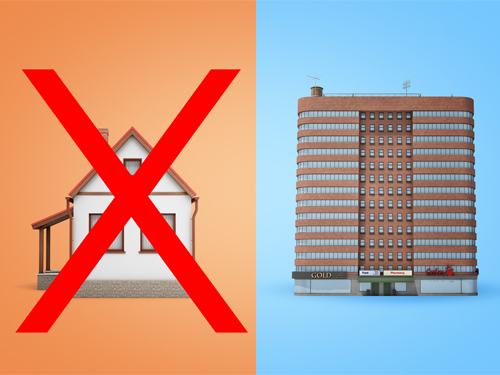
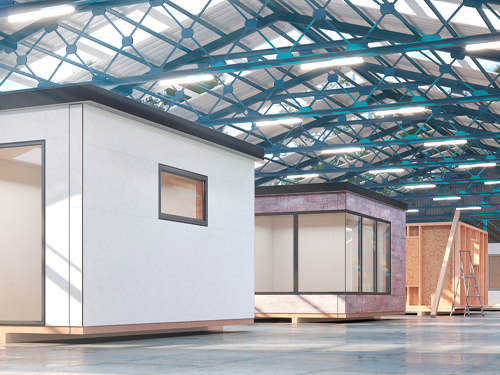
How Much Time Can Be Saved By Choosing Modular Building Over Alternative Types?
By simultaneously running site development and plant-based home construction, the schedule can be reduced by up to 50% compared to site-built construction. Moreover, much of the modular project’s fabrication is completed at a factory, which removes the threat of weather delays.
The schedules used in both methods start with design engineering and Permit Approvals. However, the site development and building construction aspects are separate features for site-built projects. Meanwhile, the installation and site restoration of a modular project is quicker than traditional construction.
Are There Other Benefits To Be Gained From Selecting The Modular Building Approach?
Apart from the issues mentioned above, modules are lightweight yet robust, which makes them a great solution for apartment construction. Easy install module construction means investors and developers can spend less time at the site and more time ensuring everything meets their expectations before launching sales or rental of individual units.
There’s also minimal disruption to surrounding communities, residents, and businesses. So, you should be less likely to face construction-related disputes. As an investor or developer, this is a hugely beneficial outcome.
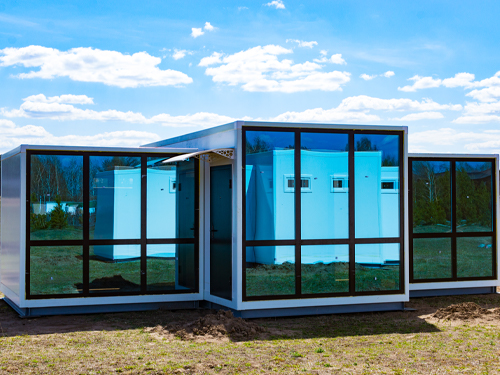
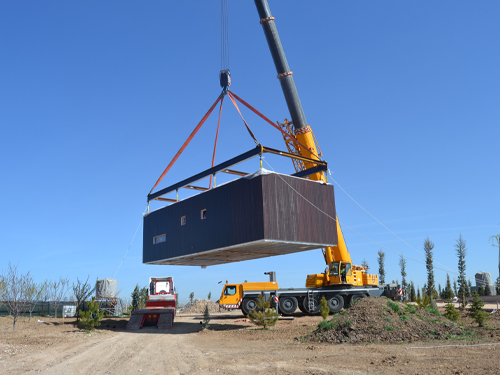
What Obstacles Are Faced When Completing A Modular Construction Project?
While manufacturing modules at a factory brings many rewarding benefits, it adds a couple of unique challenges too. Primarily relating to the transportation of the finished materials, which will subsequently need to be assembled using a crane hire service. The trucks and lowboy carriers used for these processes must be capable of handling the weight. Circumstances may also dictate that patrol vehicles are needed.
Aside from transporting the panels to the intended location, you must also consider challenges regarding access to the site. It may be necessary to build temporary trackways or road widening. Completing a full site survey ahead of the intended work will enable you to complete this process without causing delays due to unforeseen circumstances on the day of transit.
What Are The Size Limitations For Modular Buildings?
In theory, modular buildings are not limited by length, width, or size. This is why it is possible to create multi-family housing developments that include hundreds of self-contained properties if wanted. In truth, the only limitations are set by the construction project budget and purpose. Naturally, this will include the amount of land that’s available too.
Of course, it might not be possible to transport and install a multi-home modular building in one piece. It is commonplace for individual modules to be moved and assembled on-site to create the multi-home setup. Thanks to the versatility of modular construction, it is possible to tailor the architectural designs and logistical elements to meet your requirements and build a convenient and cost-effective solution.
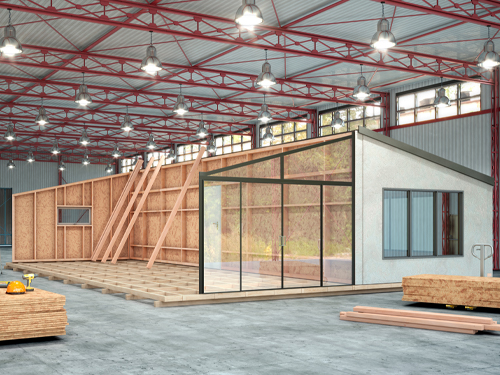
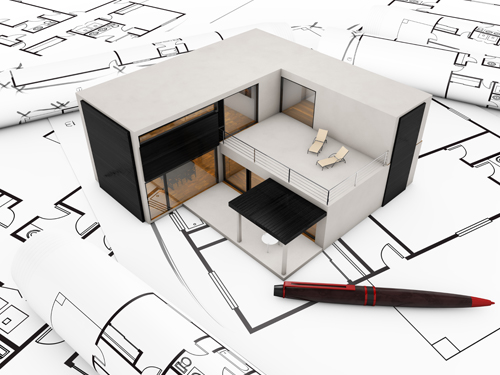
Are Modular Buildings Open To Customized Designs?
Yes, you can create customized multi-family modular homes that are tailored to your design needs and match perfectly to the location, availability of land, and more. This can even include module designs that are built to match the surrounding architecture, and that reflect features of existing buildings into which the new modular homes will be incorporated.
As well as full customization opportunities, investors can work with architects to build developments of the future. Modular buildings can utilize solar technology to create net-zero building solutions that cause no negative impact on the environment.
How Can I Be Sure That Quality Is Guaranteed?
When the modular building project is set to take place at a factory, it may prove difficult for investors to keep an eye on the situation. However, you can be sure that all modules will be constructed using the best materials and methods. Moreover, they are completed by experienced teams of experts who specialize in this area of construction to ensure optimal quality at every stage of the process.
This is coupled with inspections from a third-party quality control agency, which will check that the building satisfies all current and relevant building regulations and standards. When supported by controlled working environments, you can be confident about stepping into this arena.
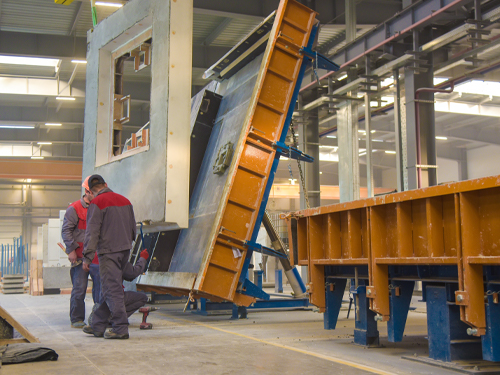
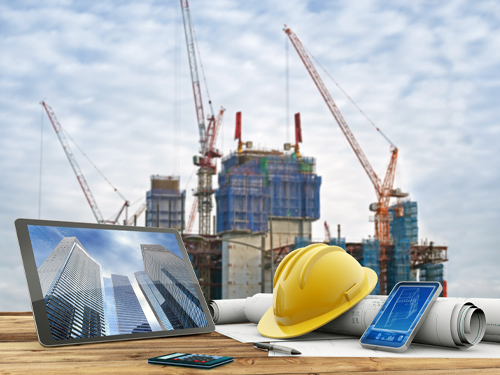
How Do I Get Started With A Multi-Family Investment Project?
As with any investment into a multi-family or single-family building project, you must first conduct the necessary research into building locations and proposed architectural designs as well as the logistics and permit requirements. Likewise, you’ll need to raise the necessary capital for your intended projects.
Whether you have those elements in place and feel ready to make the next move or want further support with plotting your next steps, contact Rockford Construction to get things started.

